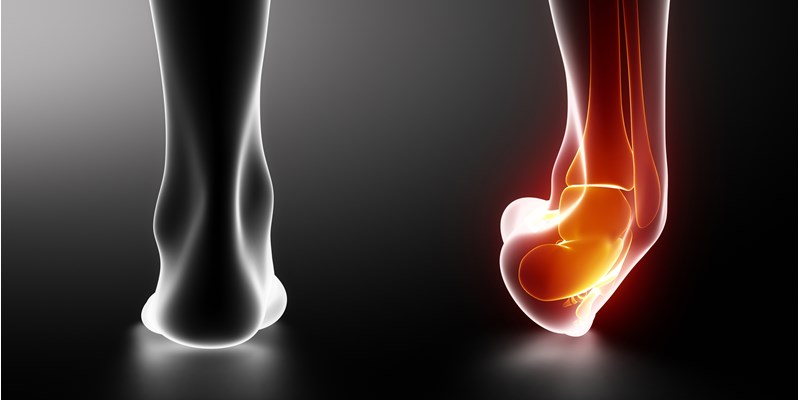Ankle sprains are a very common injury. They can easily happen whether you are playing sport or just walking to the shop. We have probably all “gone over” our ankle at some point. The most common type of ankle sprain is an inversion-type sprain of the lateral ligaments. To translate that into English, this means your foot twists too far inwards and the ligaments on the outside of your ankle become overstretched, causing a sprain. Ligaments are fibrous tissue that connect bone to bone and it is these that are injured in an ankle sprain. There are many ligaments on both sides of your ankle.
If you do happen to sprain your ankle, don’t worry! Ankle sprains can be treated and tend to heal quite well. Luckily, your physiotherapist can help with rehabilitation and strengthening exercises that will get your ankle fighting fit again.
So, how do you know how bad your ankle sprain is? Luckily, there is a handy grading system to help determine the severity of a sprain. Grade 1 (mild) sprains may exhibit some mild swelling, bruising, and pain, but you should be able to walk on it. Grade 2 (moderate) sprains indicate a partial tear in the ligament and the bruising, swelling, and pain will be worse than a Grade 1. It will be difficult to put weight on a Grade 2 sprain. Grade 3 (severe) sprains will include severe pain, swelling, and bruising because there will be a complete tear of the ligament. Grade 3 sprains cause the ankle to feel unstable and you won’t be able to walk on that foot.
Mild Grade 1 sprains can usually be self-managed. However, it is important to note that once you have sprained an ankle, you are more likely to do it again. So, you might want to see your physiotherapist to work on strengthening that ankle. If your ankle looks deformed or is too painful to stand on then you should seek medical advice. Again, your physiotherapist will be able to guide you on your rehabilitation and strengthening journey after the initial treatment of the sprain if it is really bad.
You may be wondering why we use grades to describe sprains. Basically, the grading system gives clinicians the ability to categorise the severity of the injury. This is helpful for anyone else who needs to understand your medical notes to provide treatment. The grading system allows for continuity of care and understanding of the severity of the symptoms being experienced.
Have you ever sprained your ankle? Would you like some help to strengthen it and help to prevent any further injuries? If so, let us know!
Want tips on rehab exercises for ankle sprain? Head to our Instagram page here
Author: Laura McLean
